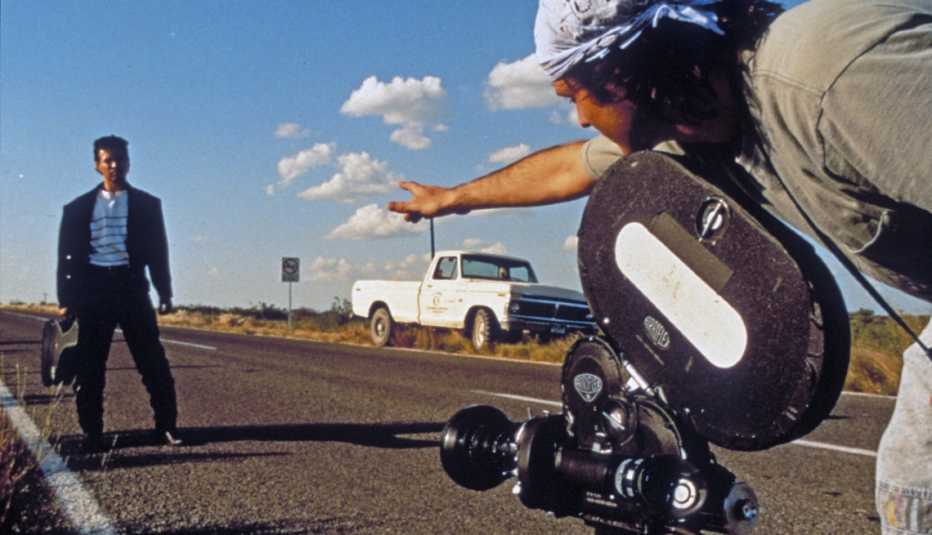AARP Hearing Center


When Mexican American director Gregory Nava was immersed in the making of his 1983 film El Norte, he could never have imagined that the harrowing drama about Central American immigrants crossing the border would become a classic and one of the most powerful depictions of the Latino experience in American film.
“When you make a movie, you don’t really know what’s going to happen with it — then it takes a life of its own,” reflects Nava from his home in New Mexico. “The impact of El Norte was overwhelming. It won prizes all over the world. More importantly, it was used by the Mayan community to lobby Congress about granting Central American refugees protection status — something that finally happened in 1986.”
In 1995, El Norte was picked up for preservation by the Library of Congress’ National Film Registry, one of 15 Latino-directed movies on its current list. Nava scored another win in 2021 when Selena (1997) was added to the list.
The registry, an effort that began in 1989 with the goal of safeguarding and honoring films deemed culturally, historically or aesthetically significant, includes professional and amateur movies and documentaries released between 1891 and 2010. Up to 25 titles by filmmakers of every background are added to the list each year, and a thorough representation of the Latino experience in film is one of the registry’s current priorities.
“We make a conscious effort to include films that mirror the experience of different cultures, created by women and people of color,” explains Stephen Leggett, program coordinator of the National Film Preservation Board. “Unfortunately, Latino directors didn’t have as much of an opportunity to make movies until the last couple of decades. It’s getting better now. In the meantime, we try to go back in history and find those hidden gems. The process of preservation may be costly, but it is very important for a nation to safeguard its heritage by not only preserving the famous films, but also home movies and documentaries, as they provide a record of a specific time and place in this country.”
A range of Latino films
Selecting the films is a complex process. First, suggestions are solicited from the general public. A board comprising 44 members — archivists, actors, directors — goes through a few voting rounds to narrow the list. Librarian of Congress Carla Hayden then makes the final selections.





































































More From AARP
Exciting Movies by Mexican Filmmakers to Watch
Stream classics ‘Roma’ and ‘Like Water for Chocolate,’ along with thrilling newer works
7 Things You Didn’t Know About Pedro Pascal’s Life and Career
Why he changed his last name, what song he wants played at his funeral and more
Chita Rivera: What I Know Now
Actress talks about her family, the golden age of Broadway, turning 90 and her new memoir